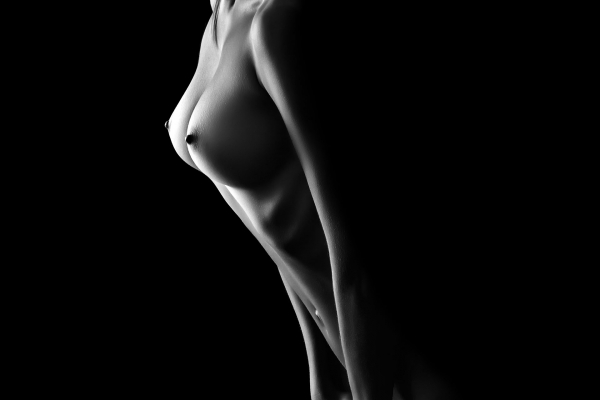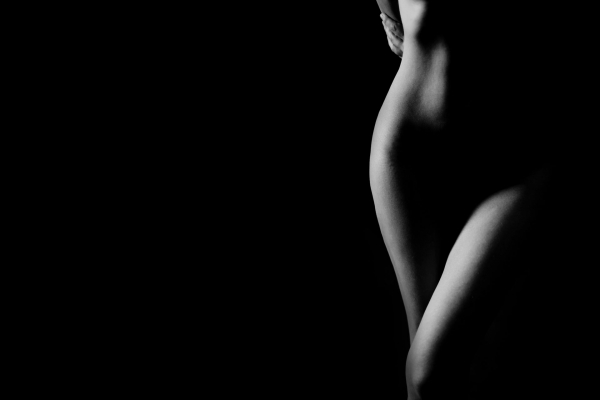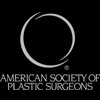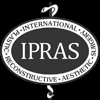Liposuction (or liposculpture) is a surgical procedure that involves the removal of fat tissue from specific areas of the Body (abdomen, thighs, knees, neck).
The aim of liposuction
This surgical procedure aims at improving the shape of specific areas of the Body, whether performed alone or in combination with other procedures, such as abdominoplasty. It does not offer weight loss for which diet and exercise is advised.
INDICATIONS / CONTRA-INDICATIONS
The ideal candidates for this surgical procedure are healthy women and men with normal weight who are concerned about local concentrations of fat tissue that create disproportions and asymmetries. These local depositions of fat are very often hereditary and cannot be handled with diet and exercise. In such cases the only solution is liposuction.
The procedure is also advised as an auxiliary treatment for patients who undergo other cosmetic procedures, such as abdominoplasty, breast reduction or face-lift.
It must be noted that although a patient may be submitted to liposuction at any age, better results are obtained in patients with good skin elasticity, i.e. without dermatolysis. In many elderly patients, skin appears to have less elasticity and after the removal of the fat tissue, the skin cannot be tightened. As a result, lipectomy is required.
The most popular areas for liposuction are the following:
- Abdomen and lateral abdominal walls.
- Inner and outer thighs.
- Inner knees
- Calves
- Upper arms
- Neck
- Chest
- Chest wall
Liposuction is also advised for treatment of gynecomastia and is performed either alone or in combination with subcutaneous mastectomy.
As mentioned above, liposuction is neither a weight loss method nor an effective way to treat “cellulite”.
BENEFITS
Liposuction may significantly improve the shape and symmetry of various parts of the body and subsequently boost the patient’s self-confidence. However, the patient must know that his/her goals must be realistic.
PRE-OPERATIVE GUIDELINES – PRE-OPERATIVE CHECK-UP
During the initial consultation, the plastic surgeon will take a full medical history, perform a clinical examination of the patient and provide him/her with detailed information regarding the procedure (indications, contra-indications, risks, benefits, complications, post-operative course). Pictures will also be taken.
Clinical examination also includes weighing, fat measurement and BMI calculation. Further to usual pre-operative tests (full blood count, complete urinalysis, electrolytes, urea, creatinine, blood sugar, ECG and chest X-ray), hormonal testing and evaluation by an endocrinologist are also performed in case of suspected hormonal disorders.
A consultation with a dietician/ nutritionist is also advised. In case an abdominal hernia is suspected the patient might need to undergo an abdominal CT scan and examination by a general surgeon. Patients who smoke should ideally refrain from smoking for two months before the surgery in order to achieve optimum results.
Prior to the procedure you shall be given a handout with specific advice on the diet you should follow, medication and vitamins that you must avoid or take, or smoking and sunbathing habits before and after surgery. In case you catch a cold, (runny nose, cough) or infection, surgery may be postponed for a few days.
SHORT DESCRIPTION OF THE PROCEDURE
The procedure is performed in a general hospital, preferably under general anaesthesia. Before anaesthesia, the doctor will ask the patient to stand up. With the patient’s consent, the doctor will then draw the areas to be treated.
The incisions will only be few millimetres long and will be made in such manner as to be concealed by the body's natural lines. Through these incisions the doctor shall inject a special fluid combination of saline, local anaesthetic (xylocaine, same substance used by dentists) and epinephrine (adrenaline).
The injection of this fluid will provide technical assistance during the liposuction process but will also reduce the amount of blood lost and allow local anaesthesia. Then, special cannulas (different shapes and sizes) are inserted through the same incisions and connected to a negative pressure suction device.
With the surgeon’s guidance, the negative pressure device literally “sucks” the unwanted fat. Liposuction may be performed both superficially and in depth. A variation of this technique involves the use of ultrasound on areas on which liposuction will be performed so that the fat may "melt" and be easily suctioned. Incisions are closed with a combination of absorbable and non-absorbable sutures. Special compression bandages are then placed on top of the stitches.
POST-OPERATIVE COURSE / HOSPITAL STAY
After surgery you will be taken to your room. Patients are advised to stay at the hospital for one day; however, most patients are discharged on the same day or the day after surgery.
The afternoon following the surgery you shall be put on a liquid diet and eventually on a normal diet if you are not feeling sick. Post-operative pain is average and usually treated with analgesic tablets and injections. It usually lasts for a few days. With the help of a nurse, the patient gets out of bed on the same day to avoid blood clots in the legs. The patient wears special anti-embolism stockings while at the hospital. After surgery, the patient wears special compression bandages, socks or garments for approximately four to six weeks.
The patient is discharged if able to follow a regular diet, walk with or without help, is self-supported and if feeling good in general. The first visit at the doctor follows one week after surgery.
POST-OPERATIVE OUT-OF-HOSPITAL PROGRESS
During the first days the patient will experience oedema (swelling) and bruising which will, however, gradually disappear (most of the oedema subsides within two to three weeks). Pain will become lighter and can be treated with painkillers. Gauzes must remain intact for two days. They are then removed, and the patient may take a bath as usual.
The patient must walk around and must not spend much time in bed in order to avoid blood clots. Work out and lifting weight (suitcases etc) is allowed after four weeks. However, fast walking is allowed with moderation. Driving is allowed two weeks after surgery. The patient is usually able to return to work at least one week after surgery (depending on the nature of work). Scars will improve with time and their final form will appear after approximately nine months. However, scars will never disappear completely.
POSSIBLE COMPLICATIONS
As in any surgical procedure, even if all rules are followed, liposculpture may have complications of which the patient must be informed. These are rare and may include:
Wound infection, treated with antibiotics and possible removal of purulent tissues.
Lower limb vein thrombosis, that usually develops in patients who do not move a lot after surgery and are obese.
Heavy smokers may develop problems during wound healing. This is why candidate patients are advised to quit smoking two months before surgery.
Diabetic patients may also face healing difficulties.
The final appearance of the scars cannot be estimated. Bad scars (hypertrophy, keloids, pigmented scars, atrophic scars, wide scars) are rare but if they occur, they may be treated with surgical or non-surgical methods
- Fluid concentration. This fluid is usually self-absorbed but in some cases the use of syringes may be necessary.
- Haematomas (self-absorbed).
- Temporary hypoesthesia due to trauma on small sensory nerves
- Asymmetries or abnormalities/ wrinkling of the skin.
In very rare cases, fat embolism.
These complications are greatly reduced if the doctor selects the right candidates for surgery and if patients follow the doctor's orders.



 Send us your questions
Send us your questions






























Follow us

